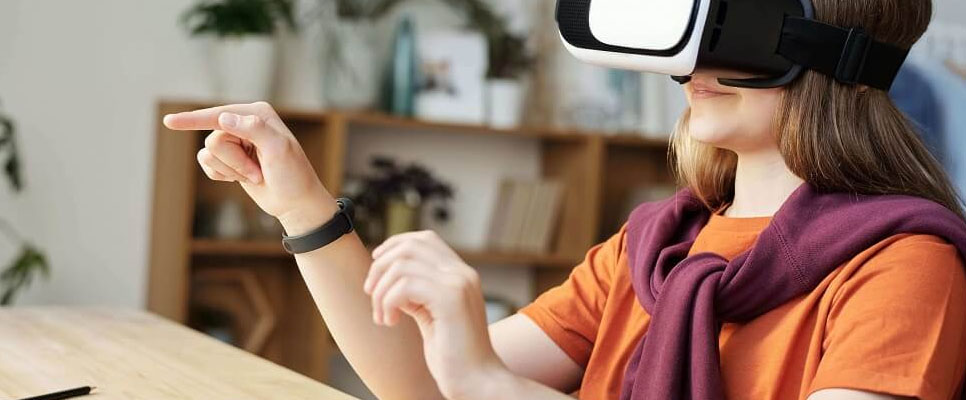
How we learn constantly changes, and technology has a significant impact on today’s education system. Due to new technology, learning is now more engaging and accessible. The use of virtual reality (VR) headsets in schools has recently become a significant highlight. They provide students with interactive learning methods that are not always available in more traditional lessons. Do we need cars to navigate us, or are ADAS just the latest technology? This blog explores the impact of VR on education, its advantages and disadvantages, and whether it may be necessary for future teaching.
How Virtual Reality Impacts Education
Virtual reality is now used for more than games, significantly impacting education. This technology enables students to investigate things they couldn’t explore before. Can you imagine how cool it would be to stroll through a human cell, return to ancient ruins, or do chemistry without threat? Having these experiences helps us remember our learning better. Since many schools have adopted VR, it’s easy to see that this technology could significantly enhance people's learning.
How Learning Works Better With VR
Virtual reality offers advantages over more traditional teaching styles. For example, students can work with 3D models, which helps them better understand essential but complex topics. Whether studying history, skills for daily life, or science in action, you can watch VR to connect the books with reality. Let’s explore how VR is helping to improve modern learning below.
Adapting VR technology for educational use isn’t always straightforward.
Although there are many good reasons to use VR in schools, there are also problems. Today's key concerns among schools and teachers are the cost of hardware, system requirements, and ease of use. Before VR is widely used in schools, questions about health and training for teachers must be answered. Here, I examine the challenges that may hinder the widespread adoption of VR in education.
Case examples introducing VR to schools
In many places around the world, education leaders are successfully utilising VR to enhance their students’ learning. Many sectors are discovering that VR can effectively simulate hands-on education and historical events. These studies explain how various schools and universities have successfully utilised VR and achieved notable results.
What VR Might Look Like in Classrooms
As virtual reality continues to improve, it will play an increasingly significant role in education. Reasonably priced devices, AI-powered virtual tutors, and increased collaboration among students worldwide can be expected as education evolves. This section outlines what VR has in store for education and how forthcoming improvements might enhance its effectiveness for teaching.
Are virtual reality (VR) headsets necessary in schools today?
People are still debating whether VR can be beneficial in schools, but its potential to aid learning is evident. Despite problems such as cost and availability, VR's many advantages for students, such as better interaction and easy access to remote lessons, are very valuable. When technology and its costs reach new levels, VR may no longer be considered a luxury in education. The key question isn’t whether VR will be important; it’s how fast schools around the globe start using it.